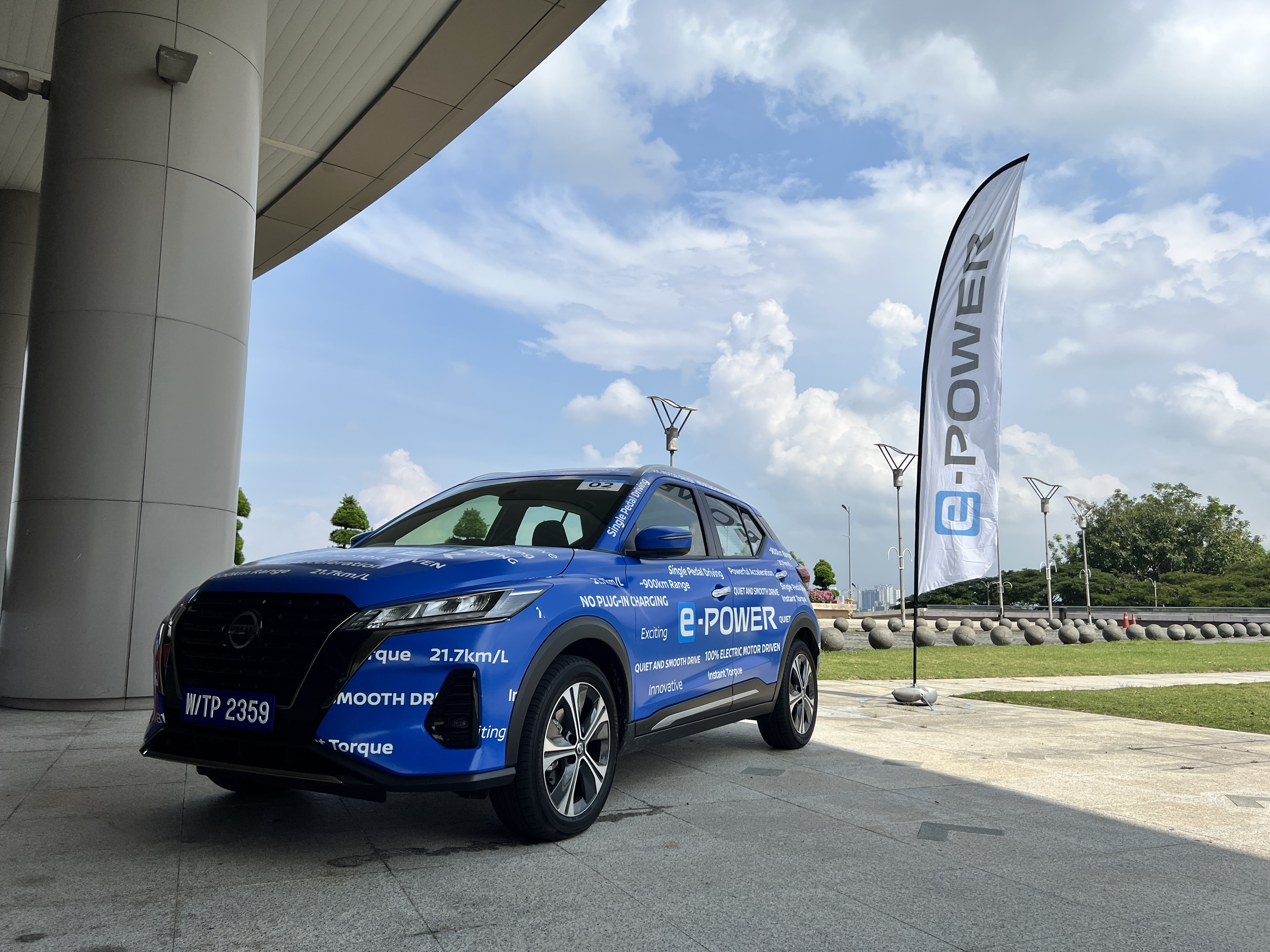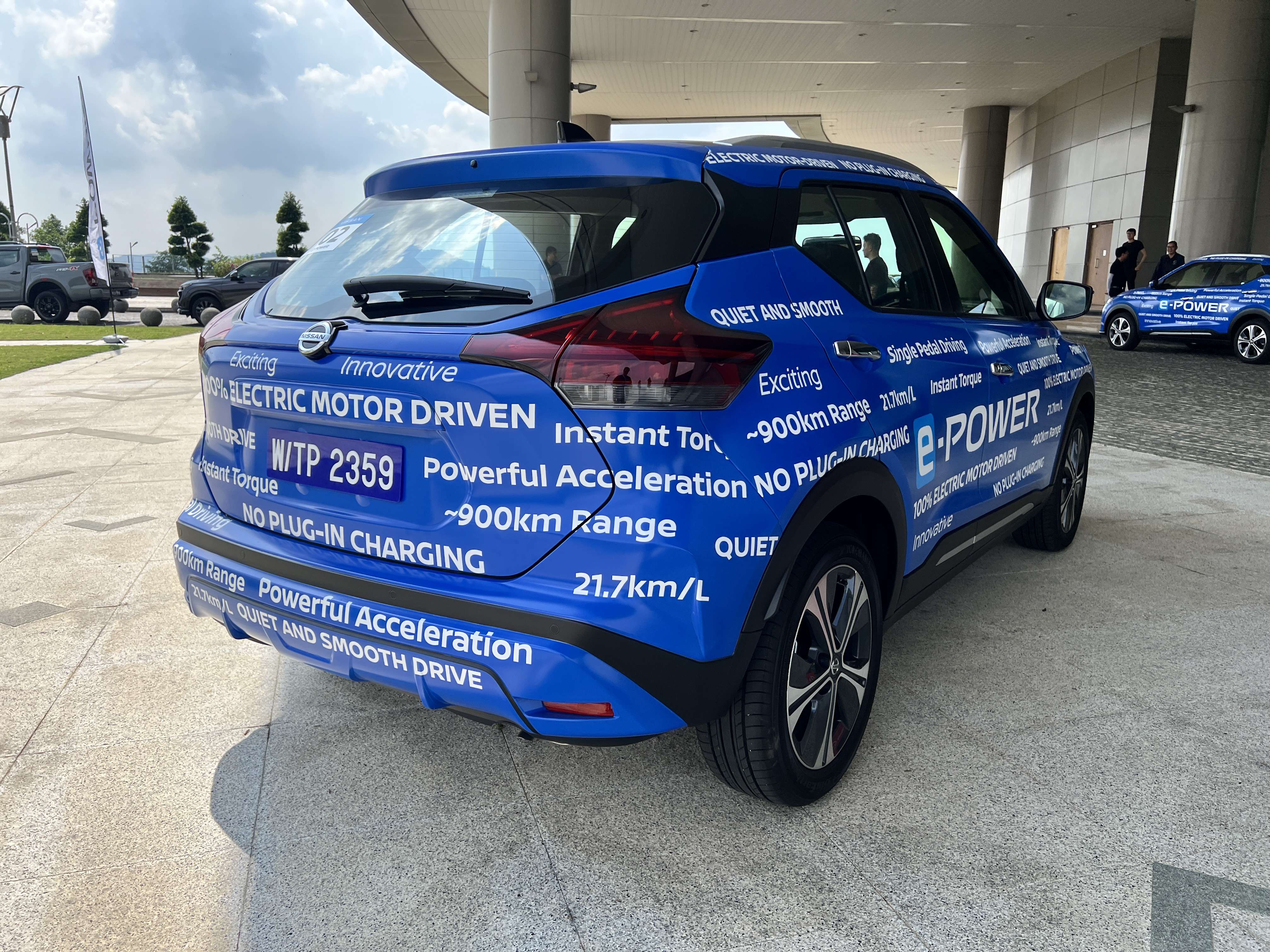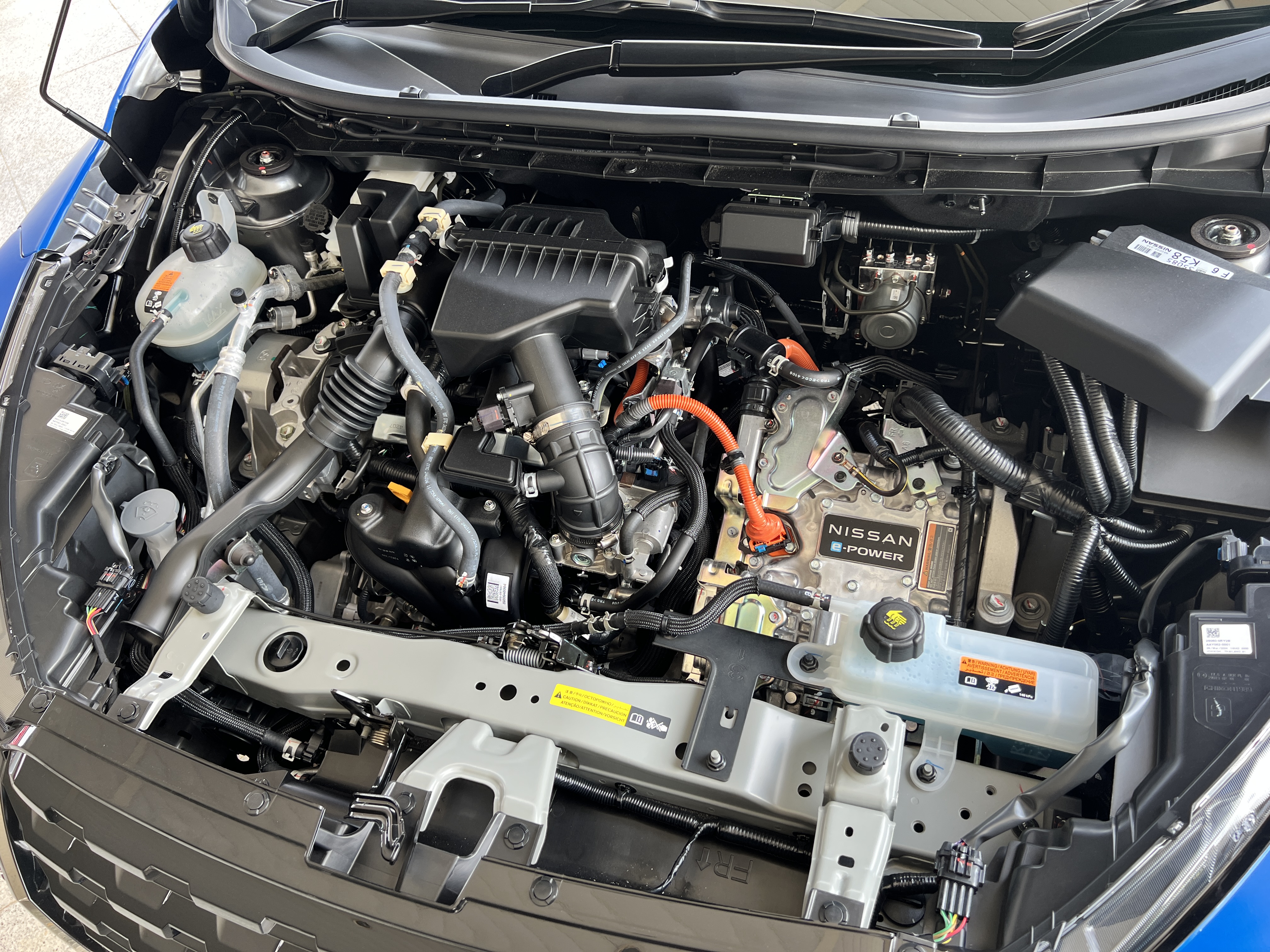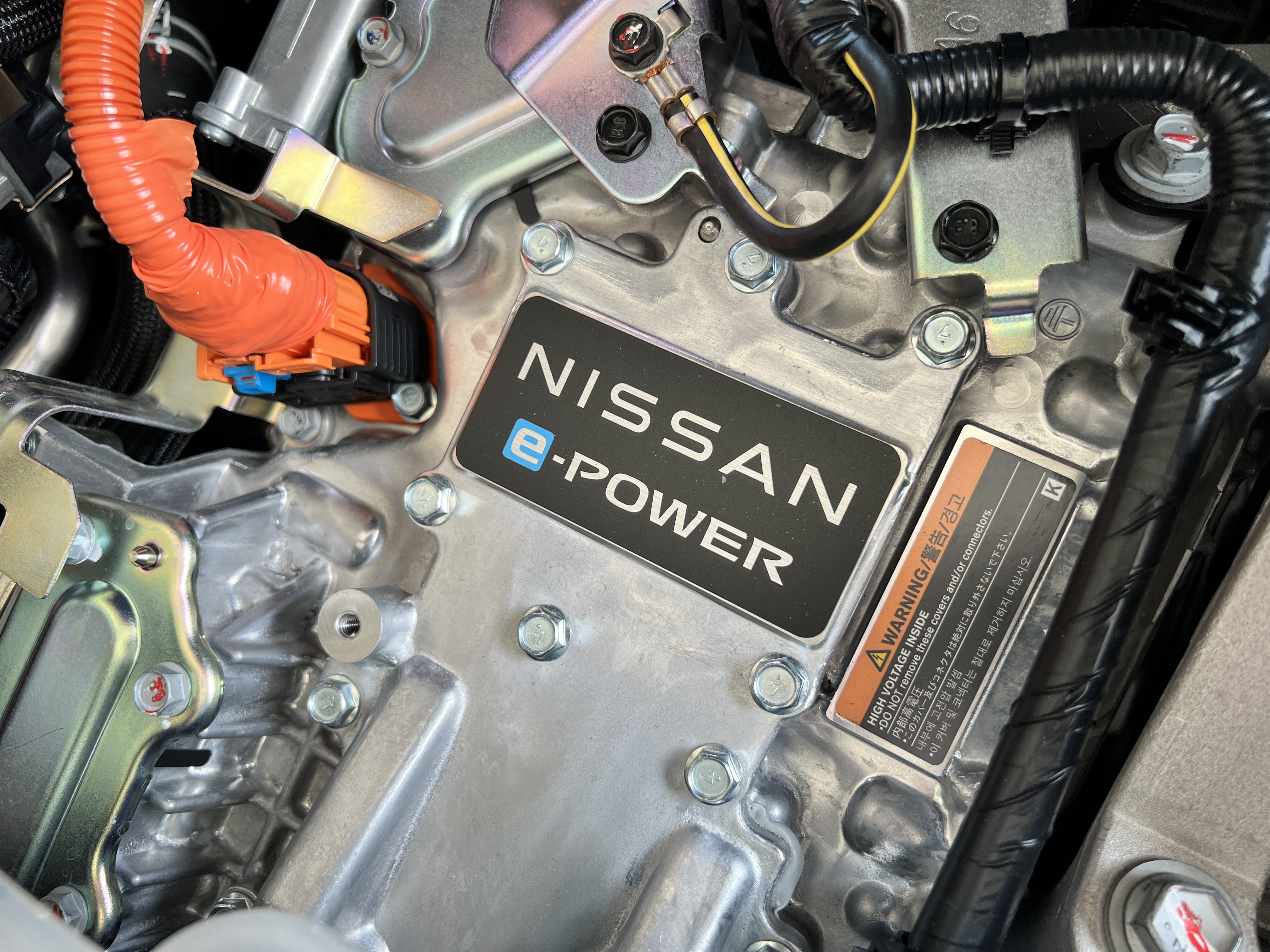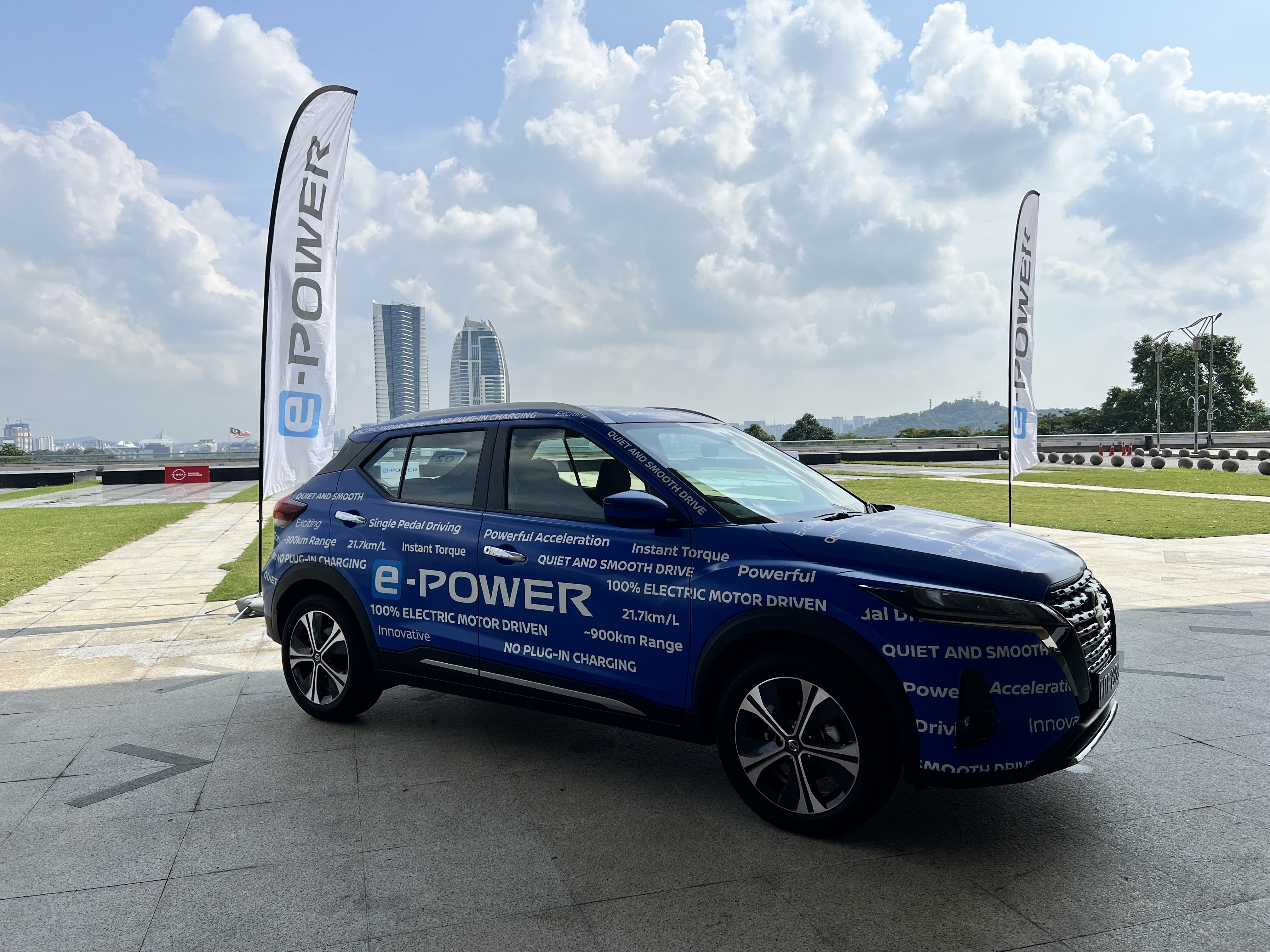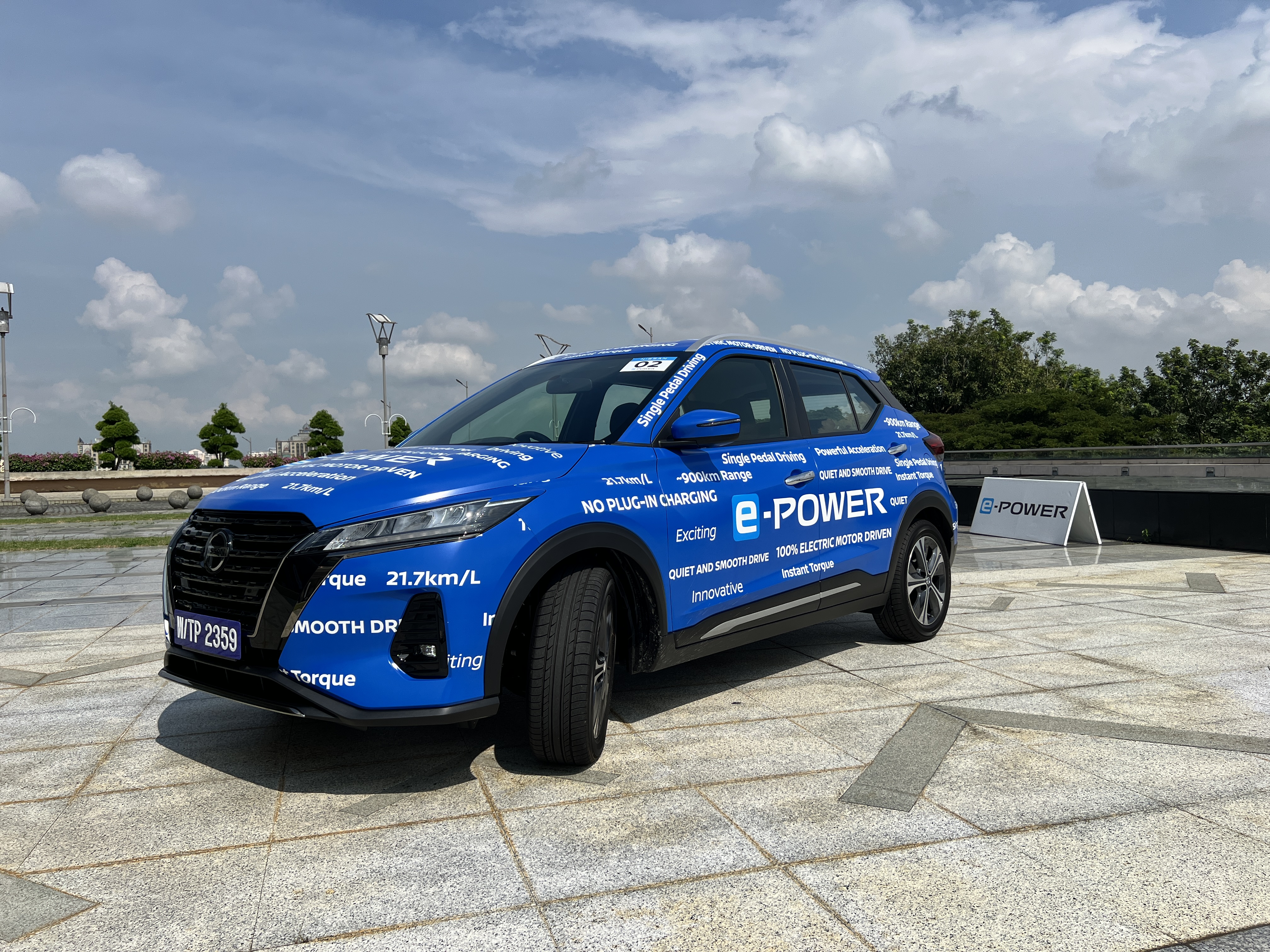Nissan's e-POWER Technology Lets You Drive 900KM On A Single Tank Of Petrol
All the EV benefits without the EV problems.
The electric vehicle (EV) segment is steadily growing in Malaysia
More and more Malaysians are warming up to the idea of owning an EV. With the ownership of an EV, though, comes challenges like range anxiety and charging times.
However, Nissan stepped into the picture with a promising piece of technology: Nissan e-POWER, which promises EV levels of performance without many of the problems EV owners face.
We were invited by Nissan to try out the e-POWER technology for ourselves
The e-POWER drivetrain is an exciting and innovative piece of technology, more on this in a moment.
We were given the opportunity to drive the Nissan e-POWER around Putrajaya, so we took the car for a few rounds of the urban landscape. The route we took offered a mix of start-stop traffic and spirited driving on the highway, which offered us a chance to experience the benefits and advantages of the e-POWER drivetrain.
To our surprise, the Nissan e-POWER car drove smoothly with little to no cabin sound, solidifying Nissan's claim that it was an EV instead of a petrol-driven car. When we reached the highway, though, we heard the petrol engine kicking in — albeit barely noticable — augmenting the electical power driven to the wheels while charging its battery.
The Nissan e-POWER powertrain is unique, unlike anything seen in Malaysia
To put it simply, the Nissan e-POWER technology is a 'petrol-powered EV'. As oxymoronic as that sounds, it is genuinely simple once you understand the key concept of the technology: harnessing efficient power.
To understand the Nissan e-POWER technology, you need to understand the typical EV and hybrid drivetrains. An EV drivetrain receives power from the battery, which is charged from a wall socket or a dedicated charging station, while a hybrid drivetrain receives driving power both from a petrol engine and an electric motor in tandem.
Both the highly-efficient internal combustion engine (left) and the electric motor (right) is seen.
Image via Syazwan Bahri/SAYSOn the other hand, the e-POWER drivetrain only provides drive through an electric motor. However, a highly-efficient petrol engine is incorported to generate electricty, charging the battery and augmenting power to the electric motor. This highly-efficient petrol engine is not linked to the driven wheel at all and is only there to provide electrical power.
Plus, the e-POWER's internal combustion engine is calibrated and tuned to be discreet and only operates in a range of power bands where the engine is at its most efficient range to generate electricity.
Nissan's e-POWER technology allows EVs to go further, without the need to stop for long charging sessions
It was clear that the e-POWER technology conveys the signature EV driving experience such as instantaneous torque and response, smooth and quiet performance, single-pedal driving, and top-level fuel efficiency. It is so efficient that the EV we drove was reported to offer approximately 900km of range from a single tank of fuel.
The Nissan Note e-POWER, the first model featuring Nissan's e-POWER technology, debuted in November 2016 in Japan. It quickly gained popularity, selling over 100,000 units within the first 11 months and became the best-selling car in Japan in 2018. The second-generation Nissan Note, launched in November 2020, is powered solely by the e-POWER drive system, continuing the evolution of Nissan's electrified technology.
The current e-POWER drivetrain is a second-generation system that has seen significant updates. It's now more compact, lighter, and delivers higher motor output. It also features a larger battery capacity and improved efficiency from its internal combustion engine, making it more advanced and efficient than its predecessor.
Nissan will introduce its first-ever e-POWER model in Malaysia during the last quarter of 2024
While Nissan has yet to reveal the car model and the pricing, they have shared with us some interesting specs of the e-POWER drivetrain.
The e-POWER drivetrain produces 129Ps (127hp) with a torque output of 280Nm. It does the century sprint in 9.5 seconds. The Li-ion battery capacity is 2.06kWh with a fuel economy of 21.7km/L, pushing the approximate range of the car to 900km in a single tank.
